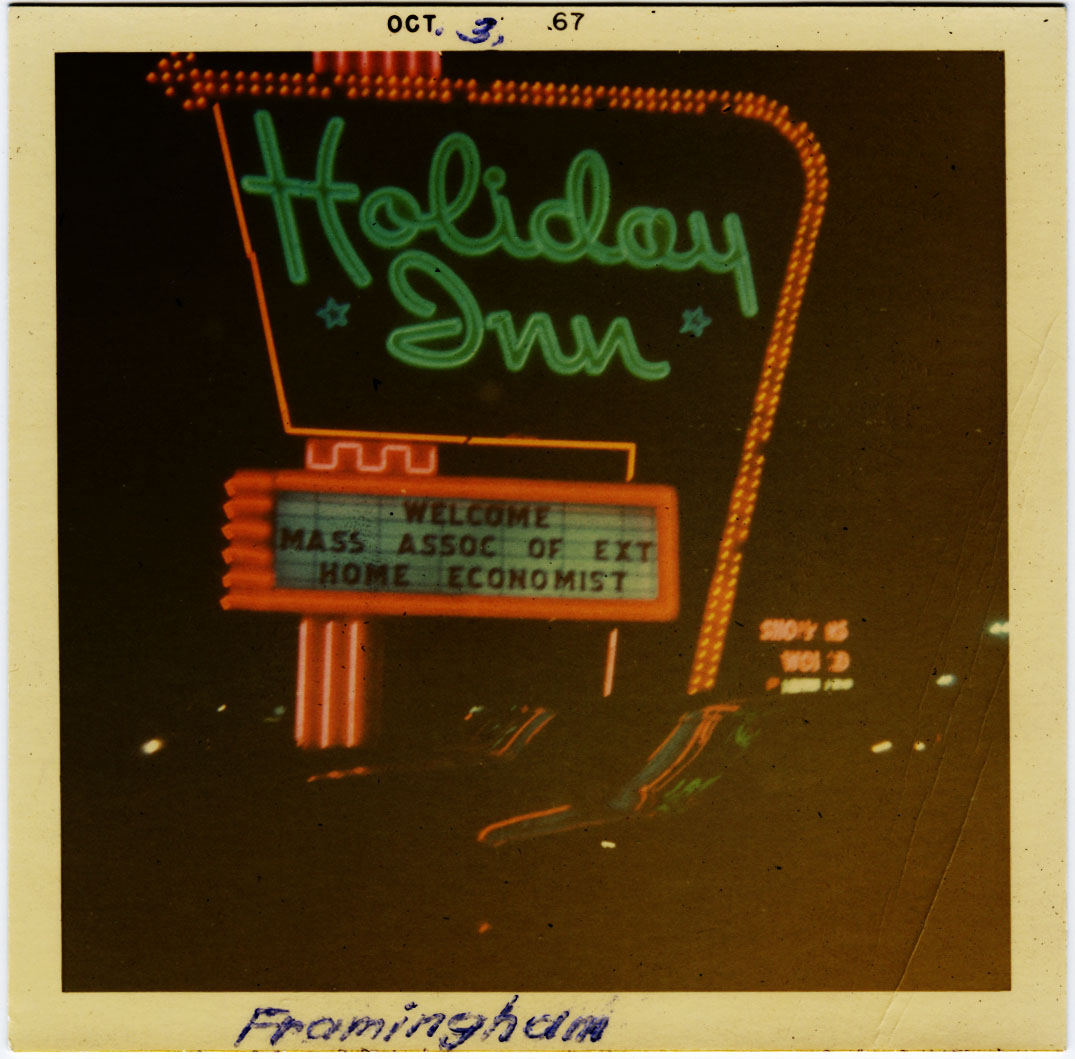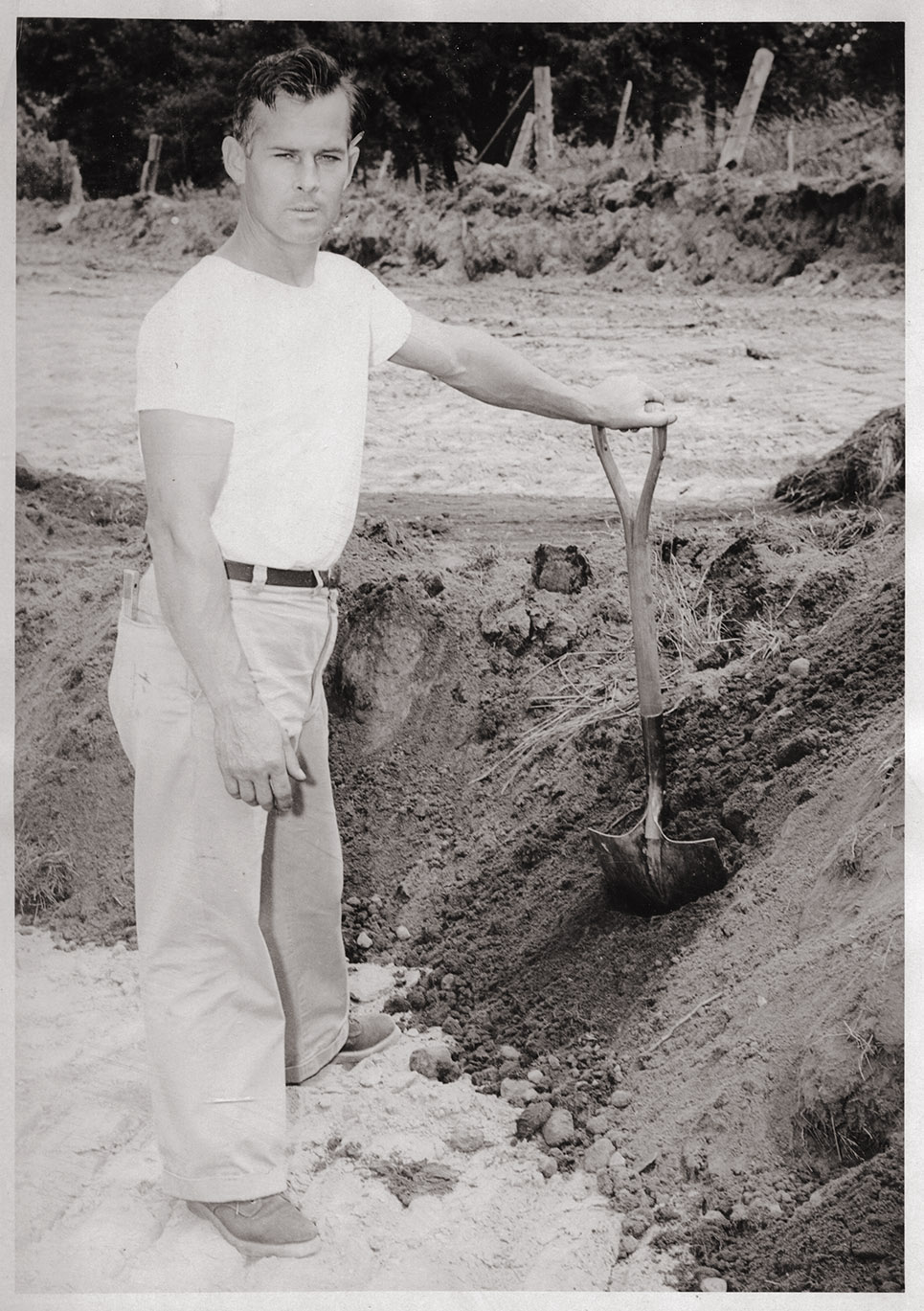Massachusetts Federation of Business and Professional Women Records
1925-1992
25 boxes 36.5 linear feet
Call no.: MS 394
First called for in 1918 as a result of the need for a coordinated women’s effort during World War I, the National Federation of Business and Professional Women’s Clubs was not officially formed until just after the armistice was signed in 1919. The new organization did not die with the end of the war, however, as first expected. Instead the group determined that the need for a national business women’s organization was of equal or greater importance during a time of peace. Today Massachusetts state affiliates continue to improve the lives of working women through action on issues such as economic empowerment, women’s health, family and medical leave, and pay equity.
The records of the Massachusetts Federation of Business and Professional Women consist chiefly of correspondence and minutes of meetings, which together chronicle the various issues the state club has worked on for more than sixty years. In addition to materials that document the efforts of the state affiliate there are also records for local chapters in Massachusetts (Hampshire County and Upper Cape Cod centered in Falmouth) which include annual reports and newsletters. Publications issued by the parent organization, BPW/USA, connect the national agenda with topics of importance to the state and local chapters.
Subjects
Businesswomen--MassachusettsWomen--MassachusettsWomen--Societies and clubs--HistoryContributors
Business and Professional Women/USAMassachusetts Federation of Business and Professional Women



 Listen to
Listen to